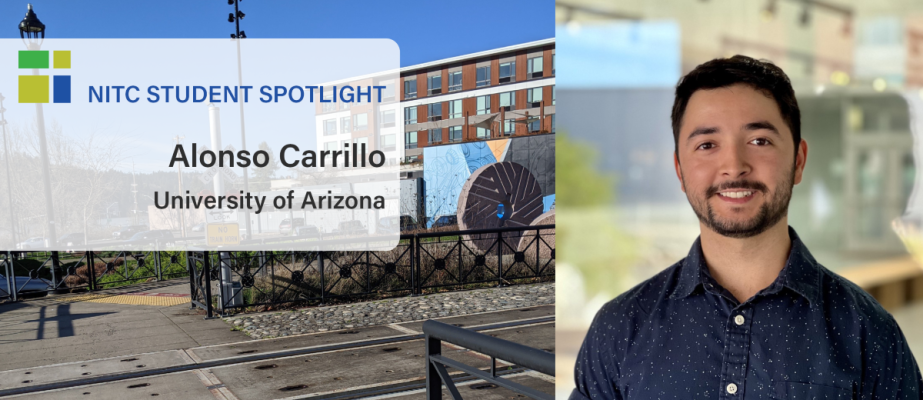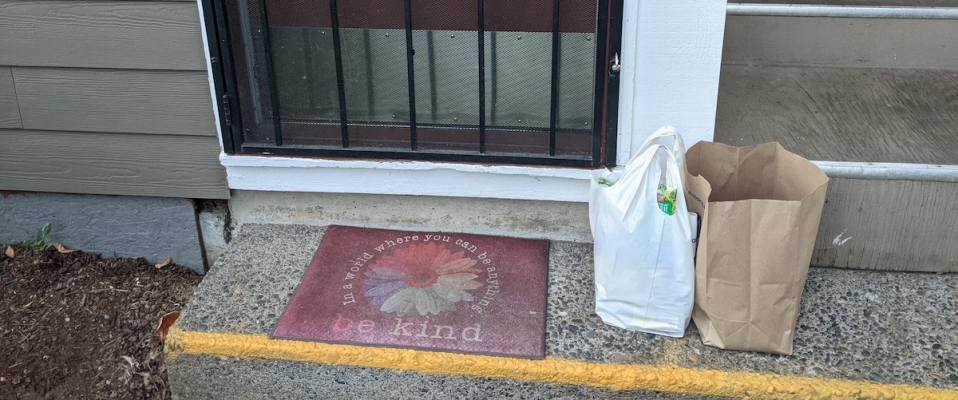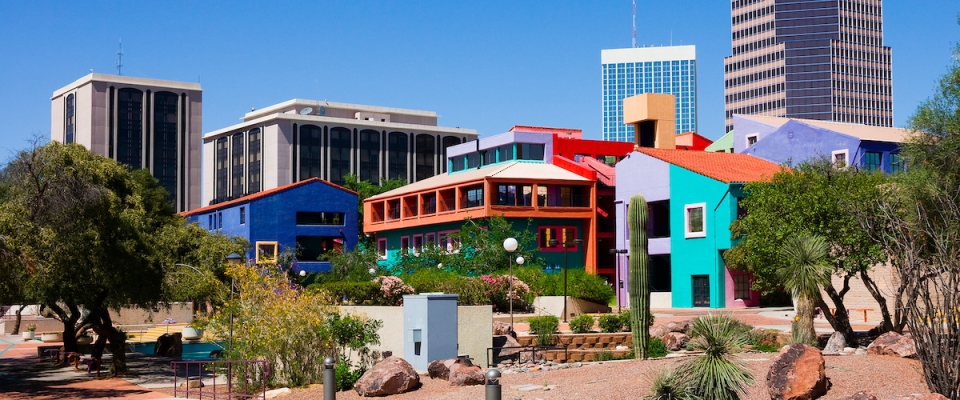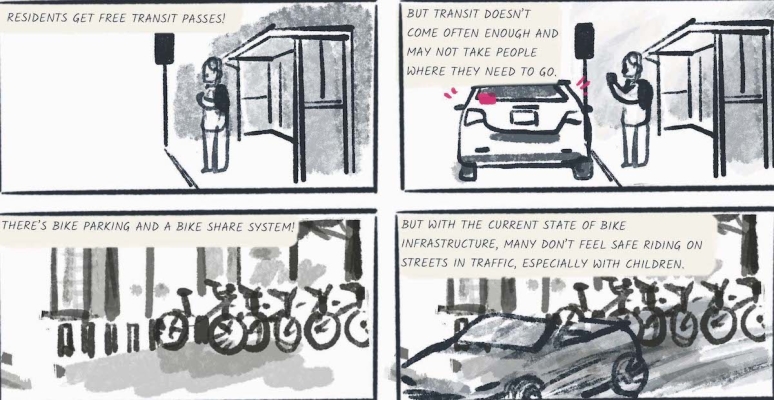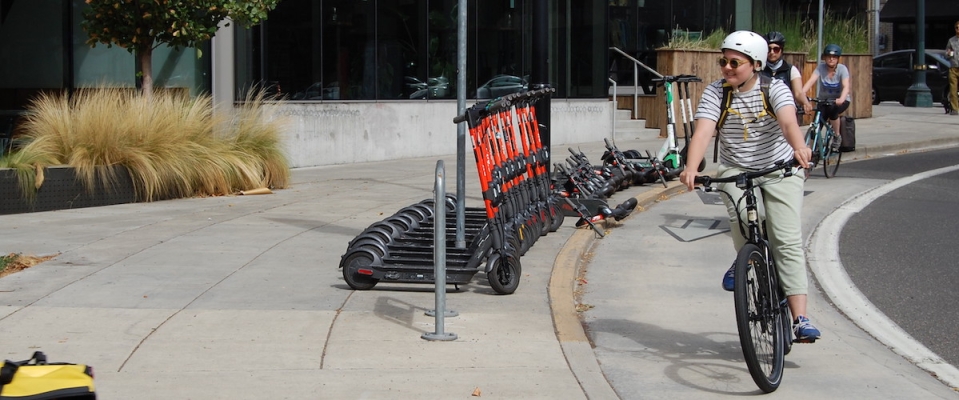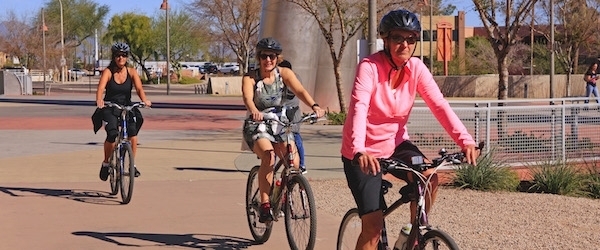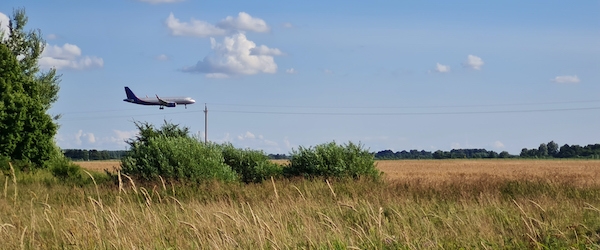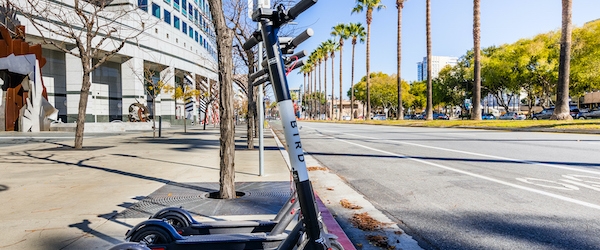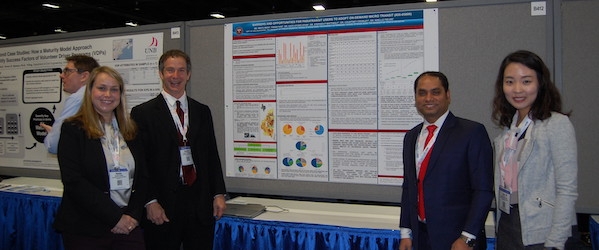Alonso Carrillo is a dual masters student studying urban planning and real estate development at the University of Arizona (UA), and the recipient of a 2022 fellowship from the UA Center for Applied Transportation Sciences. He is also a 2023 Transportation Research Board (TRB) Minority Student Fellow, and will present his research at the annual meeting of TRB in January. Alonso earned his bachelor's degree in architecture from UA in 2019, and has also worked as a junior designer at MASON Architects.
Connect with Alonso on LinkedIn
Tell us about yourself?
My name is Alonso Carrillo, I received my bachelor’s degree in architecture at the University of Arizona in 2019 and worked in the San Francisco Bay Area for a short period of time within the architecture field. Since then, I have returned to the University of Arizona to continue my education and expand my knowledge around planning and the built environment. Currently, I am enrolled in a dual master’s program for Urban Planning and Real Estate Development.
What (or who) has influenced your career path in transportation?
During my time working as an architectural designer in the San...
Read more
